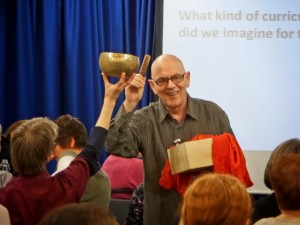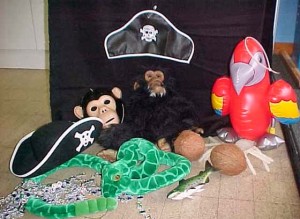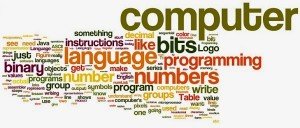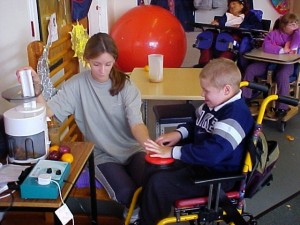 A few weeks ago I spoke at a two day conference organised by Flo Longhorn and Les Staves which explored the past, present and future of special education for people with profound and multiple learning difficulties. The stand-out moment of that conference for me was when Les Staves spoke of using the national curriculum to ‘flavour’ teaching activities for these very special students.
A few weeks ago I spoke at a two day conference organised by Flo Longhorn and Les Staves which explored the past, present and future of special education for people with profound and multiple learning difficulties. The stand-out moment of that conference for me was when Les Staves spoke of using the national curriculum to ‘flavour’ teaching activities for these very special students.
You know what he meant by that… we all do it every day in our class when we teach our students who work at levels P1 to P4. Our focus is to help those students become aware of themselves and their immediate environment and how they might extend some influence and control over it. We teach them to communicate in the best way that they can and we work on those skills every session and every day. We use the curriculum to ‘flavour’ our teaching for example if we are teaching about France in Modern Foreign Languages we may write a French themed sensory story; listen to French music and songs, taste French onion soup, feel, smell and taste a crusty baguette, smell garlic… We provide French themed rich learning experiences which we’ve carefully designed to stimulate the five senses and help increase our student’s awareness of themselves and to encourage positive responses to our interactions. It’s a well-researched proven teaching strategy for students at these early levels.

However not every curriculum topic or theme lends itself to differentiation to a sensory level. Some are just too abstract. Our students at P1 to P3 are not really expected to remember much about France. The topic is providing a theme, a flavour which helps us provide breadth to our teaching especially as we are likely to be teaching these same communication skills to these students for the whole time they are with us in school. With the launch of the new National Curriculum in September, colleagues are busy looking at how we might differentiate these new strands and topics for our students with special educational needs. Many, myself included, are working on the new ‘computing’ strand of the ICT curriculum, examining how we can teach these skills to our students in a meaningful way.
Recently I have received a few requests asking how we might teach elements of the computing curriculum which includes algorithms; programing languages, programming instructions and debugging as ‘sensory experiences’ for students at P1 to P3. That’s right, a sensory stimulation based computing curriculum for children at the very earliest levels of cognition. You can imagine… “Listen to the computer beeping… Look at the numbers on the screen… Smell that data… taste that algorithm!”

Why would anyone want to do that? I’m fully behind differentiating elements of the computing curriculum for more able students that may understand simple sequencing and giving instructions. For them there are transferrable skills that they can learn from the new strand, but I struggle to see what meaning a child at P1 to P3 might learn from this… even as a sensory experience.

It’s took a few years and some courage for teachers to step away from the dictates of the ICT curriculum and use technology in their class to support meaningful communication and to help students at P1 to P3 to begin to understand themselves and the world they live in. Let’s not go back to the bad old days of kids banging the keyboard and colleagues calling it ‘differentiated’ word processing. That really happened in a school I once visited. If anyone is really interested I have a sensory lesson plan I found on the internet that teaches PMLD children the workings of Transfer Control Protocol /Internet Protocol. Just because we can differentiate something doesn’t mean that we should nor does it guarantee that our students at P1 to P3 will learn anything meaningful from it… no matter what flavour you make it.
What do algorithms taste like? Let’s hope we never find out!

what a refreshing and well written article. I am currently writing a computing curriculum for a special school and looking for inspiration on how to “teach” PMLD children computing. This has inspired me to return to my initial thoughts of using technology to aid their communication and learning, but not attempting to find ways to teach them irrelevant “computing” lessons just because it is on the curriculum
Thanks
Carl